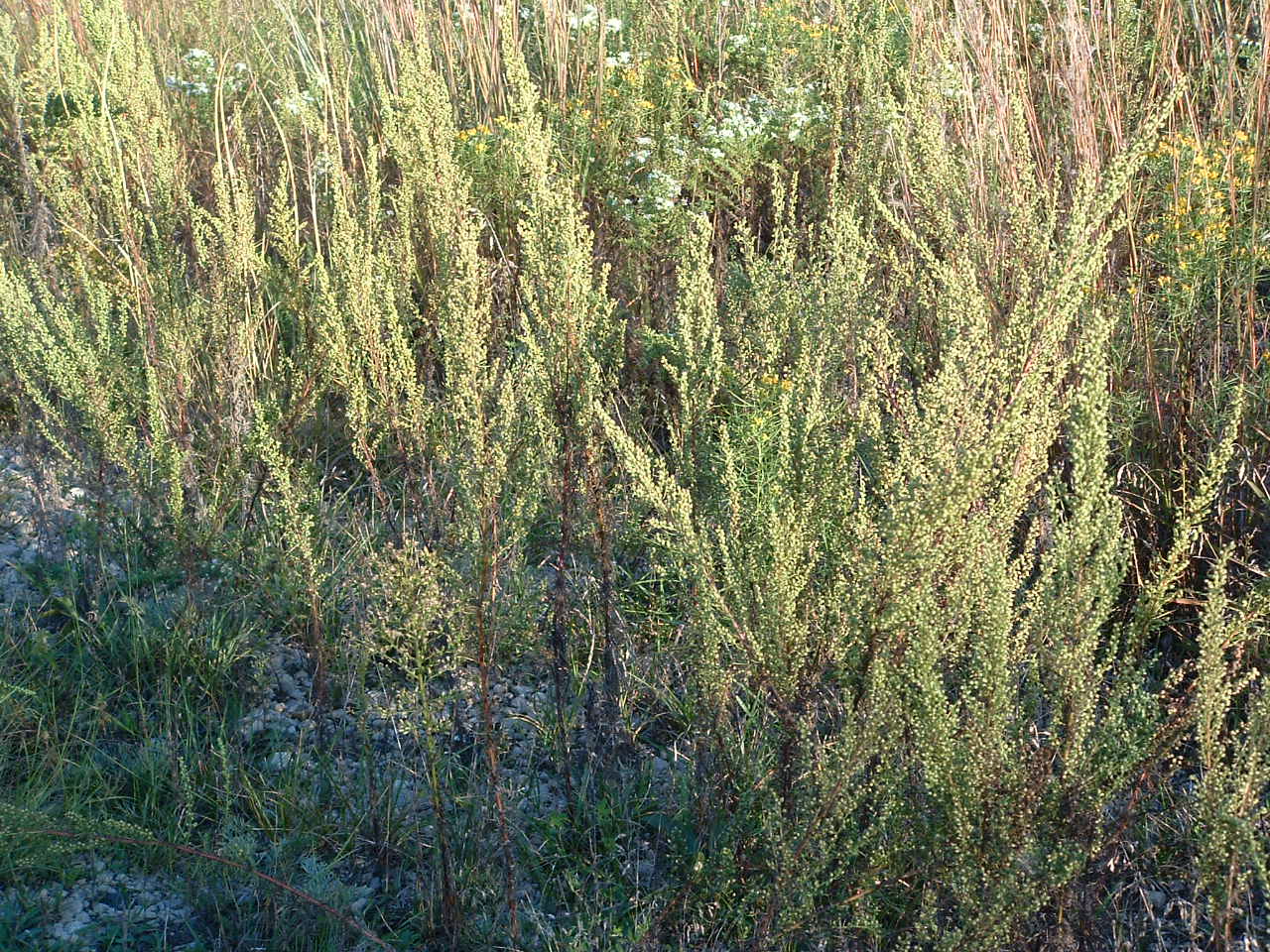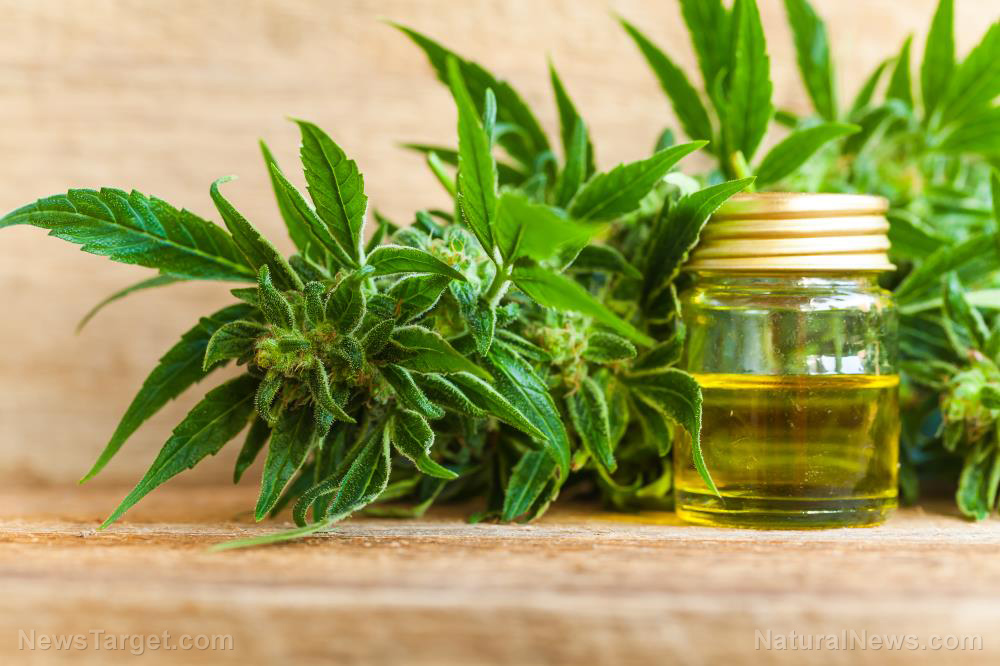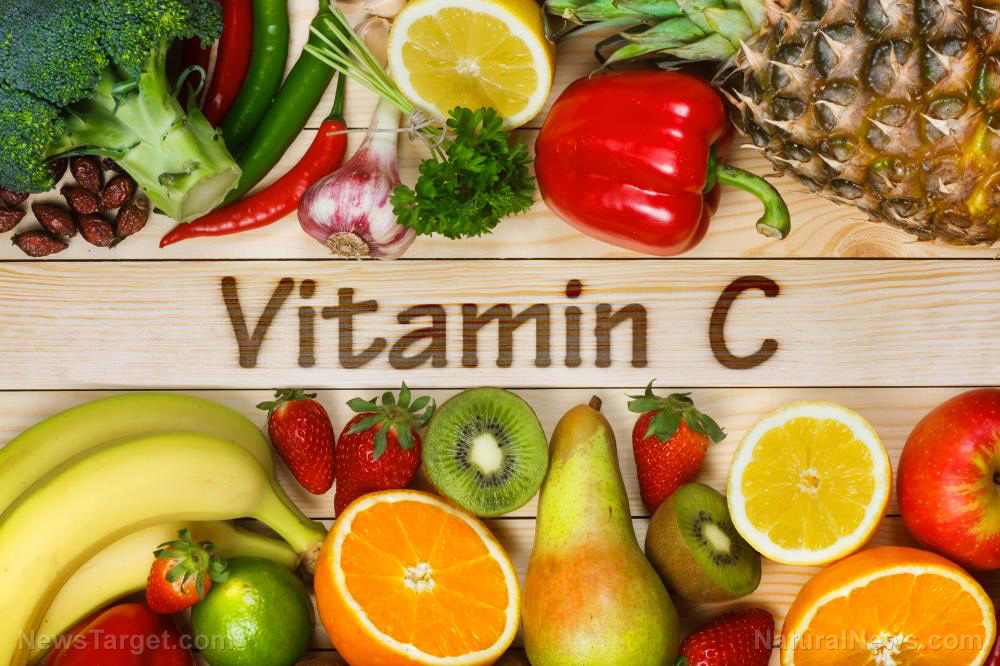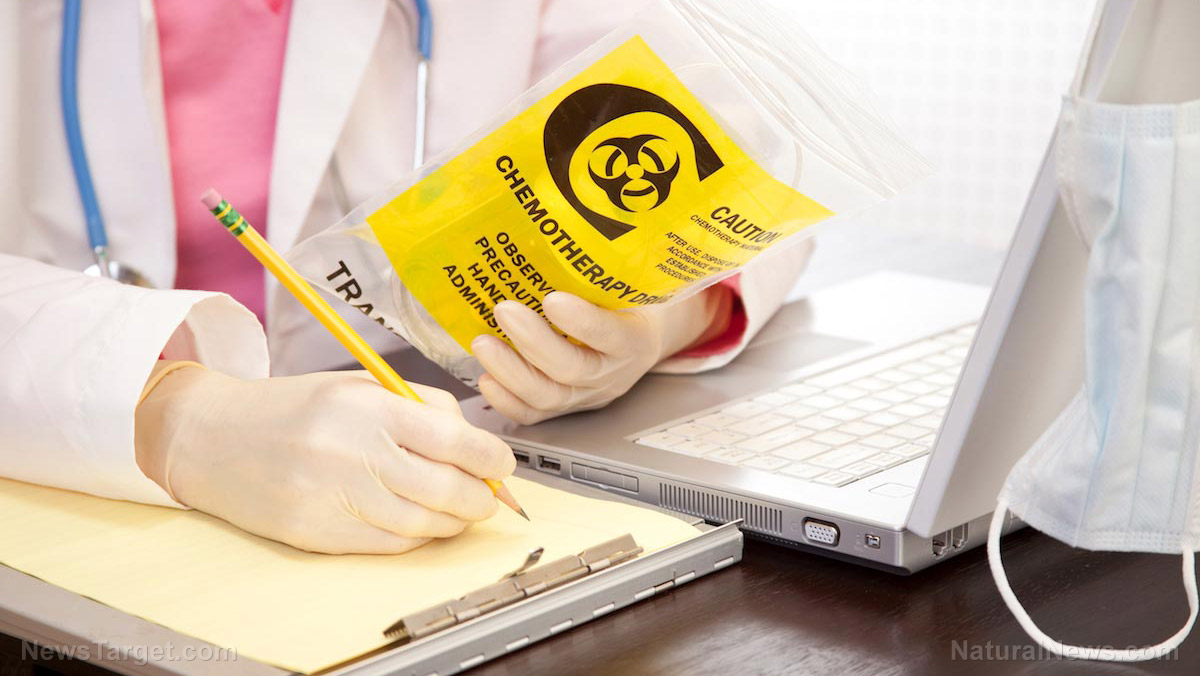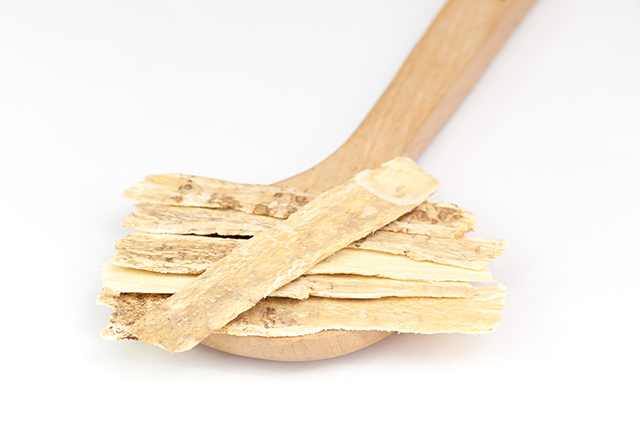Curcumin infused nanoparticles found to target and destroy neuroblastoma cancer tumors… has the CURE been found?
09/07/2017 / By Rhonda Johansson

Researchers from the Nemours Children’s Health System and the University of Central Florida revealed that they have found an innovative way to prevent the incidents of neuroblastoma, the most common cancer among infants. This promising new study, published in Nanoscale, used nanoparticles to deliver an ample amount of curcumin to tumor cells. The authors of the study noted that delivering curcumin through nanoparticles methodically targeted and destroyed treatment-resistant neuroblastoma tumor cells.
Curcumin, the main compound of turmeric, is being considered as an effective and inexpensive alternative treatment for various forms of cancer. Research validating this relationship is limited; although health and wellness experts say the antioxidant and anti-inflammatory properties of the ingredient incite apoptosis among cancer cells. To date, the manner in which curcumin was introduced into the body was through supplements. While this was already observed to be effective, the curcumin still had to go through various biological processes before reaching its intended area. Using nanoparticles eliminated the delay; presumably reaching tumor cells almost immediately.
What is most interesting about the results of this study is that curcumin was seen to reduce the size and appearance of tumor cells that had already developed a resistance to traditional cancer treatments. Senior author of the study, Dr. Tamarah Westmoreland says on Science Daily, “high-risk neuroblastoma can be resistant to traditional therapy, and survival can be poor. This research demonstrates a novel method of treating this tumor without the toxicity of aggressive therapy that can also have late effects on the patient’s health.”
Dr. Westmoreland added: “Unique approaches to target tumor cells with nanoparticle delivery systems hold promise for treatment of resistant tumors, such as the high risk neuroblastoma. We are hopeful that in the future, nanoparticles can be utilized to personalize care to patients and reduce the late effects of therapy.”
This shows promise in developing newer and better preventive and treatment methods for more aggressive forms of cancer, especially for young patients. Neuroblastoma is one such example, occurring when early forms of nerve cells begin to grow rapidly. This form of cancer typically occurs among infants and young children. Neuroblastoma rarely is seen among children older than 10. More severe cases of the cancer are incredibly hard to treat, as tumors of this type easily become resistant to standard therapies. Additionally, even if these treatments “work,” survivors often display developmental delays, hearing loss, and other disabilities.
Researchers said that using natural ingredients, like curcumin, would significantly reduce the associated risks that come with conventional cancer therapies. Likewise, the nanoparticle technology was observed to have an amplified effect on tumor reduction. This means that curcumin-infused nanoparticles were able to eliminate cancer cells at a faster rate, without harming healthy cells.
“This shows that nanoparticles can be an effective delivery vehicle for cancer drugs,” Professor Sudipta Seal of the NanoScience Technology Center and Advanced Materials Processing Analysis Center at the University of Central Florida said. “More research is needed, but we are hopeful it could lead to more effective treatment of this devastating disease in the future.”
Facts on neuroblastoma
- This is the most cancer type in children less than a year old.
- According to the American Cancer Society, neuroblastoma comprises around six percent of all cancer in children.
- Seven hundred new cases of neuroblastoma are diagnosed each year in the United States.
- To date, the only “cure” for the disease is chemotherapy or radiation therapy. Sometimes, a child is even recommended to undergo a stem cell transplant.
Sources include:
Tagged Under: alternative cancer treatments, cancer, cancer fighting food, cancer treatment, children's health, curcumin, curcumin and cancer, nanoparticles target tumors, natural cure, neuroblastoma


